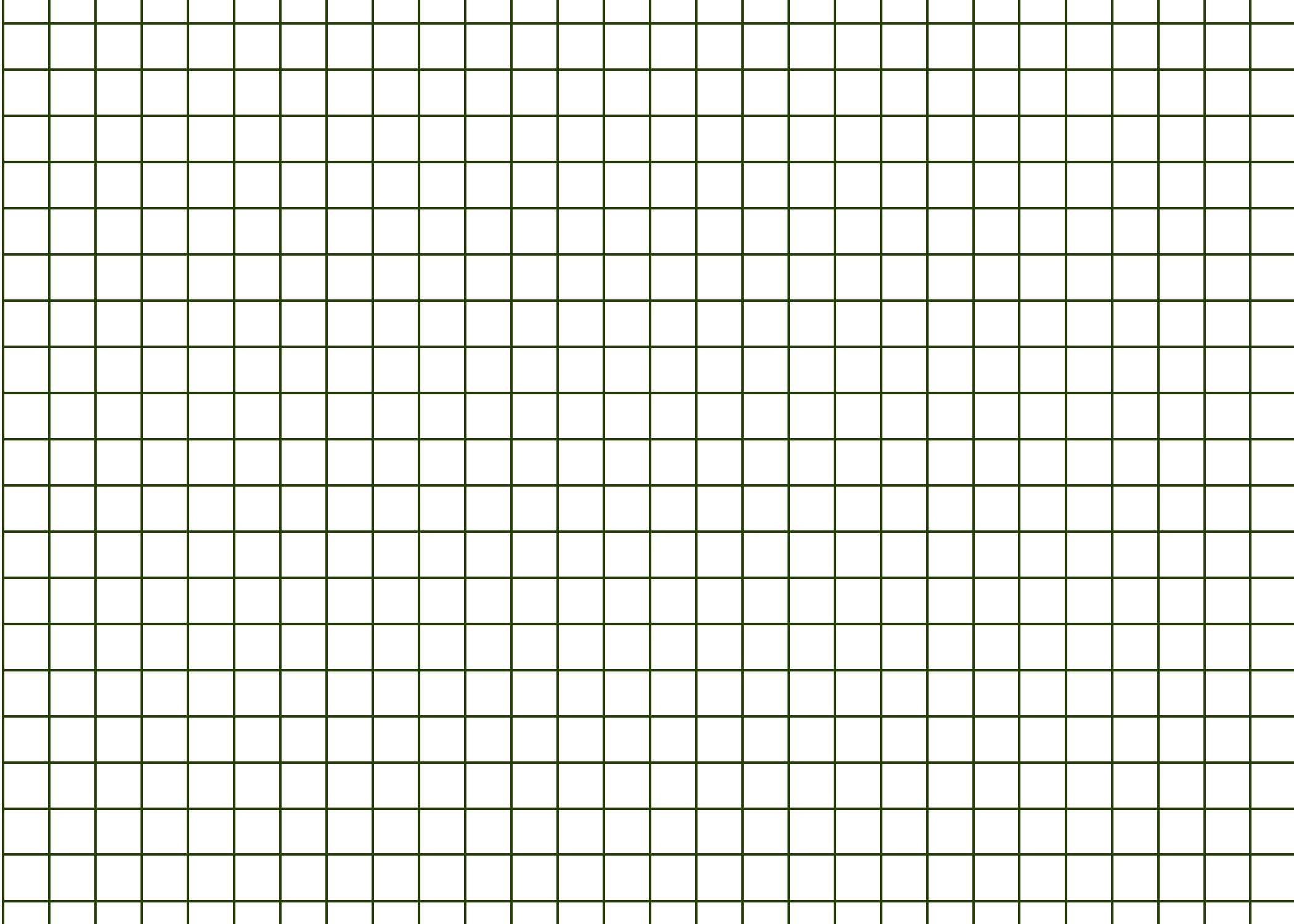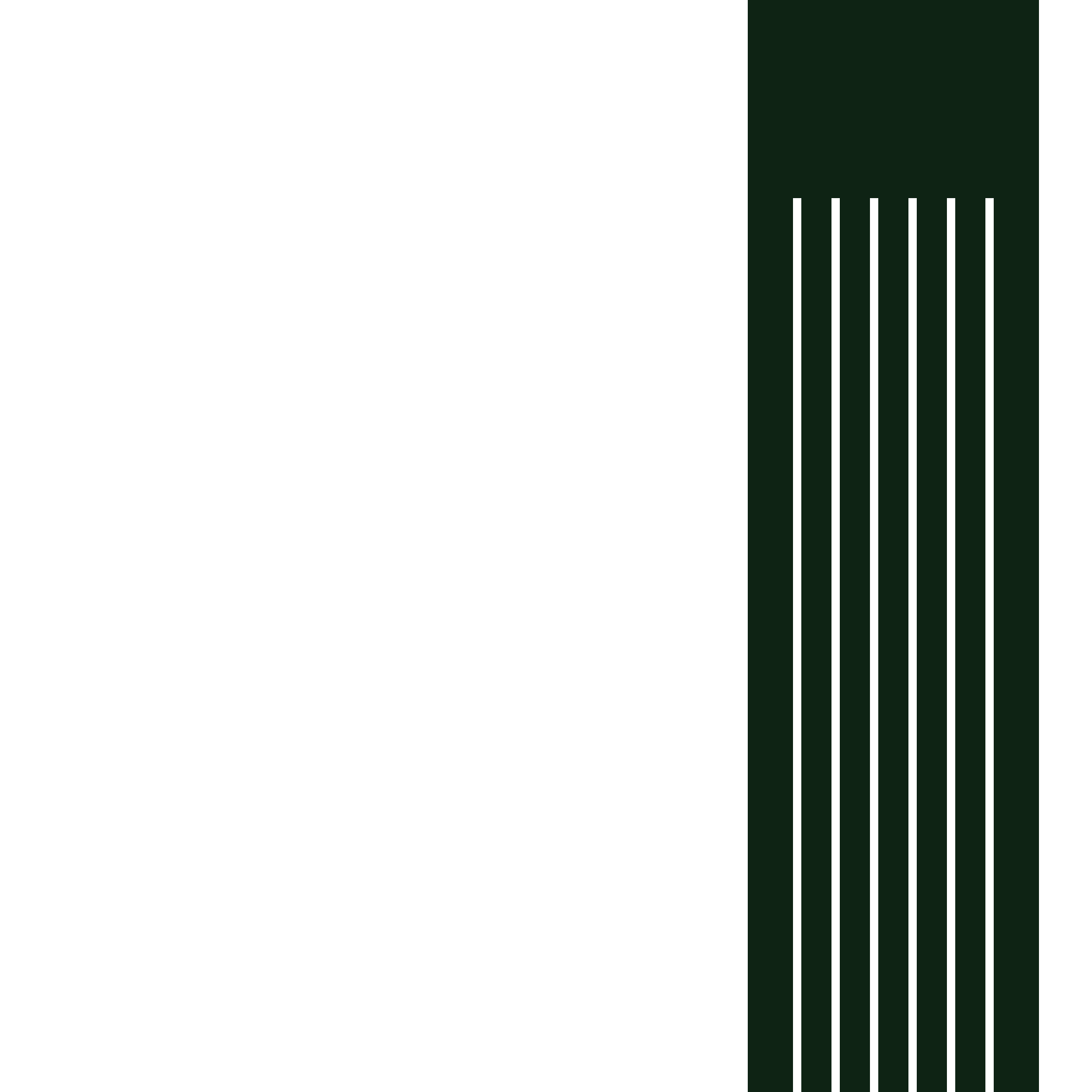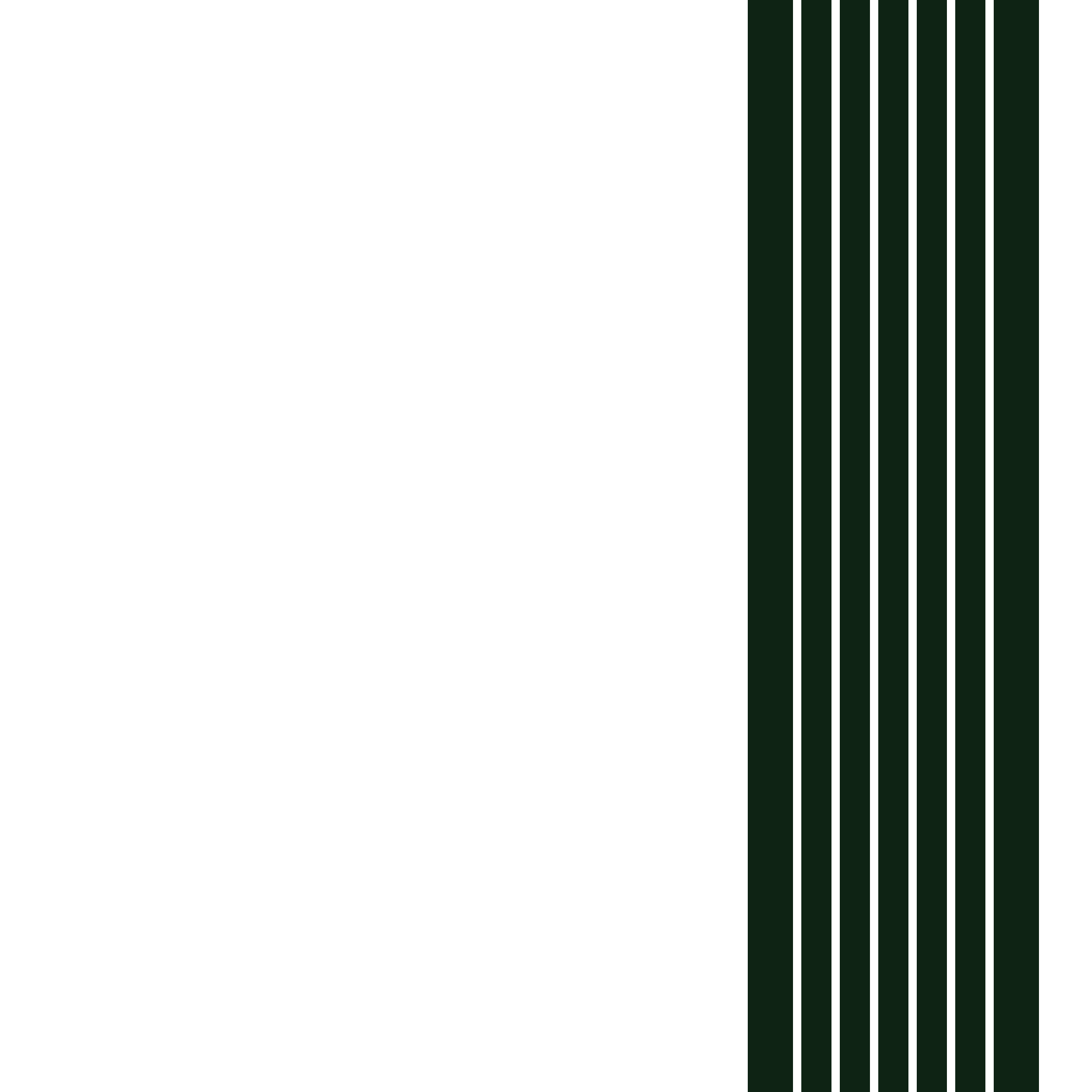
Designs #2 & #3:
Creating a Collection

Finding a Second Design
In looking for a complementary piece to accompany Design #1 (The “Marvin” Side Table), I found inspiration in the furniture design work of Frank Lloyd Wright.
Best known for his influence on modern architecture in the 20th Century, he also designed all of the interiors and furniture for every project he ever had. While he often isn’t considered as influential on interior design as some of his contemporaries, I really enjoy the rustic elegance and timeless look of many of his pieces. Drawing explicitly from American furniture movements around the turn of the century, Frank Lloyd Wright’s furniture exhibits many features of Mission-style in modern and refined ways. Tight patterns of parallel lines, floating corners, and small footprints, are motifs present both in his furniture and home designs.
In my first attempt at a coffee table in the style of Design #1, I brought its exact side rail pattern to four sides of a square table.
Above: FLW’s Iconic “Lewis” Coffee Table
Below: Square Mission Coffee Table Concept

Design #2, Iteration 1
While there were aspects of the square coffee table design that worked, its overall dimensions were too large, and making a 36”x36” tabletop would prove difficult from a fabrication standpoint. Instead, based loosely on the dimensions of a coffee table we had purchased, I reworked the design to be rectangular, with a tabletop of 20”x45”.
We made two prototypes of this design, one of which I continue to use in my living room. Living with the table and replacing it with my previous table provided insight into ways the design could be improved.
Left to Right: Prototype 1 (Stained Poplar), Prototype 2 (Finished Sapele)
Above: Design #2, Iteration 1
Below: Prototype 1, unfinished in Poplar

Design #3: The End Table
To round out the collection of tables, I felt that a tall and narrow end table with a small drawer would be a great addition. While there was less reference material I was going off of, I looked into some approximate dimensions for a typical end table. I decided to make the body of the table flush with a tabletop that is 12”x21”, giving the body room to accommodate a drawer and large shelf for display.
Iteration 1 was a bit smaller, and featured rudimentary construction methods that proved complicated and problematic to realize. Iteration 2 came immediately after, in response to the issues we came across in fabricating V1.
Iteration 3 is currently under development, but does not change the overall dimensions of V2. We are now just working to simplify fabrication.
Above: V1 Design + Prototype
Below: V2 Design + Prototype

Design #2, Iteration 2
Keeping with many iterations of designs up until this point, the main goal of Iteration 2 was to update the fabrication method for use of mortise-and-tenon joints. In living with V1, I felt that the full-width rails did not fit the narrower ends of the table, so I eliminated two rails from the groupings on the short ends.
This opening around the corners allowed for a number of quality-of-life improvements. The rounded corners along the tops avoid the sharp edges seen on V1, the additional room along the bottom shelf makes it more comfortable to put your feet up on the table while sitting at a short end. Additionally, it makes it easier to reach the contents stored on the bottom shelf.
Iteration 2 Prototype in Sapele
Above: Design #2, Iteration 2
Below: The Mission Collection, taken 5/20

In Conclusion
By The Numbers
#2 Coffee Table:
3 total prototypes
4 total redesigns
Nov 2023 - Present
$1,400 Retail Asking Price
#3 End Table:
5 total prototypes
3 total redesigns
Jan 2023 - Present
$800 Retail Asking Price
What I Learned
#2 Coffee Table:
CAD (SketchUp). I felt it was unnecessary for Design #1, but the added flexibility in 3D visualization gave me the opportunity to prototype before any money was spent fabricating
Challenges associated with building larger pieces. For example, large tabletops require fusing multiple boards together, and this piece is at the limit of our fabrication capabilities.
#3 End Table:
Challenges associated with moving parts. Not only did we try a number of different drawer slides and pulls, but the drawer’s position in the table informed a number of decisions regarding height and shelf placement.
















